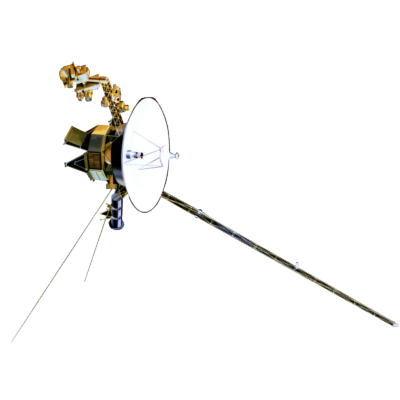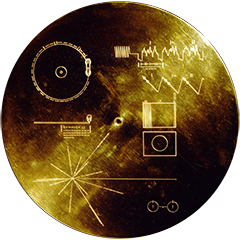Voyager LECP Data Analysis Handbook
Instrument Modeling Reports
by Sheela Shodhan
Abstract
The Beta and the Gamma detectors employed in the Low Energy Magnetospheric Particle Analyzer (LEMPA) sensor subsystem of the Low Energy Charged Particle Experiment (LECP) on board Voyagers 1 and 2 primarily measure low energy ณ 15 keV electrons.
This thesis based upon the method of Wu [5] presents the responses of these detectors for different incident electron energies by developing numerical models for the magnetic field and sensor subsystem geometry and by developing numerical procedures to follow the particle trajectories inside the sensor subsystem.
We find that for both the detectors, the geometric factors increase with energy, reach a maximum and then decrease with increasing energy. For the Gamma detector, the maximum is at about E=500 keV while for the Beta detector, the maximum is at about E=160 keV.
Return to thesis table of contents.
Return to Voyager
LECP Data Analysis Handbook Table of Contents.
Return to Fundamental
Technologies Home Page.
Updated 8/9/19, Cameron Crane
VOYAGER 1 ELAPSED TIME
*Since official launch
September 5, 1977, 12:56:00:00 UTC
VOYAGER 2 ELAPSED TIME
*Since official launch
August 20, 1977, 14:29:00:00 UTC
QUICK FACTS
Mission Duration: 40+ years have elapsed for both Voyager 1 and Voyager 2 (both are ongoing).
Destination: Their original destinations were Saturn and Jupiter. Their current destination is interstellar space.



